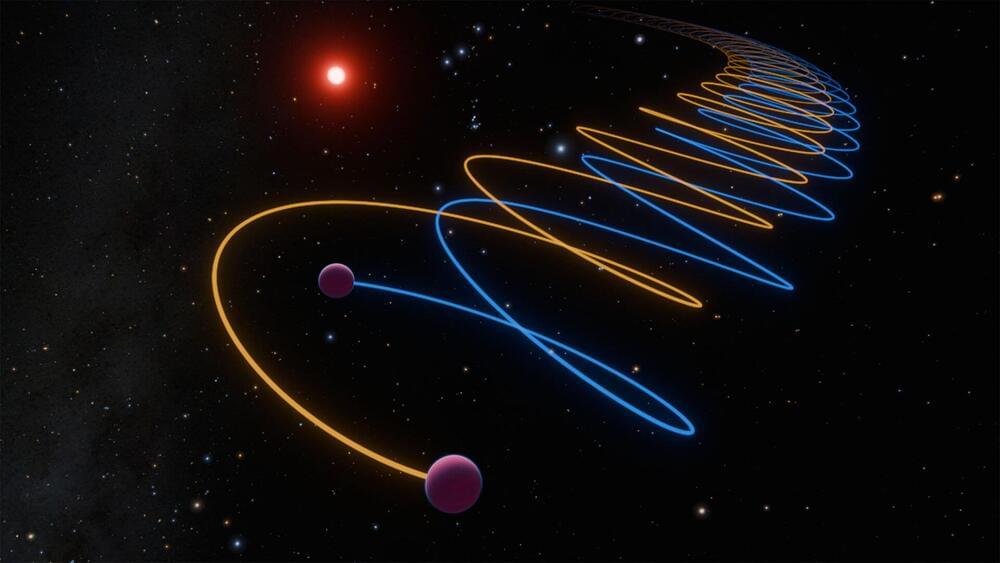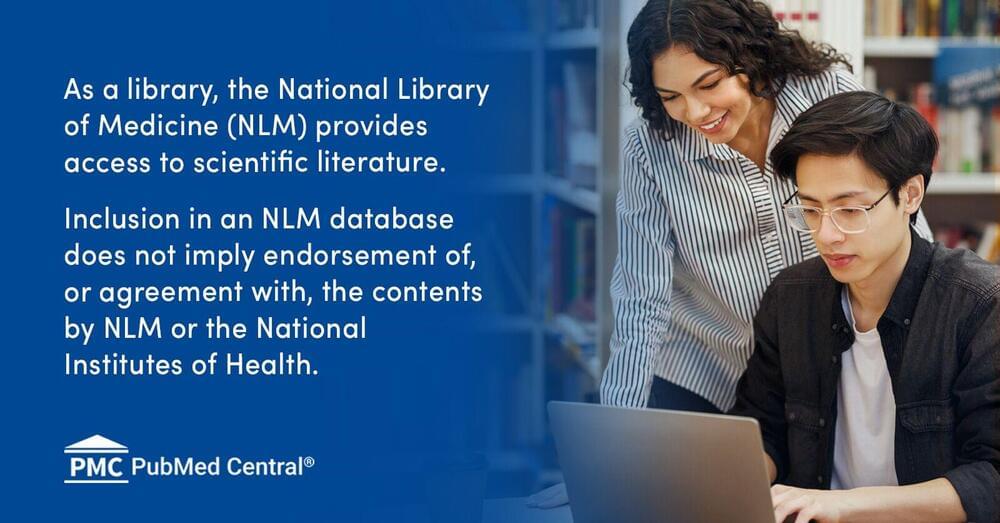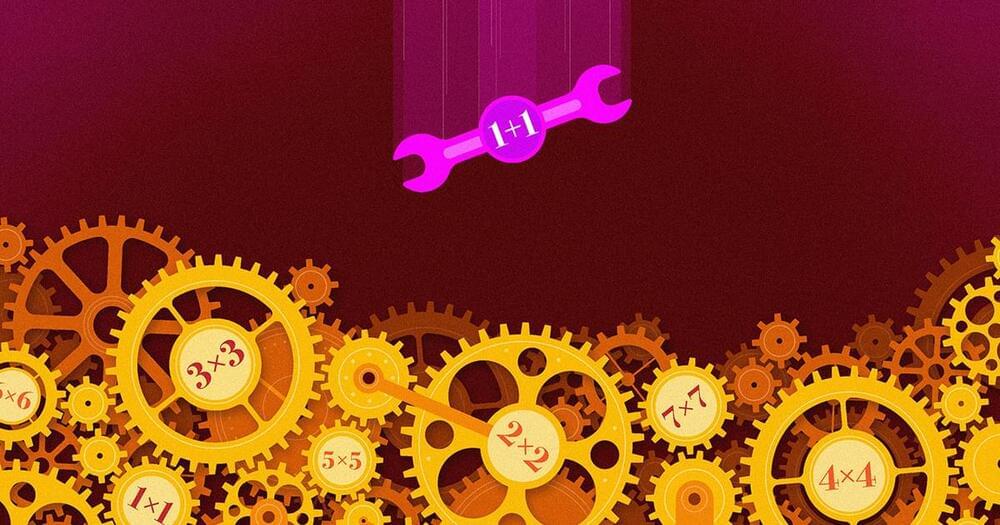Far beneath the lush landscape of southern China, a sprawling subterranean laboratory aims to be the world’s first to crack a deep scientific enigma.






If it were up to Larry Ellison, the exorbitantly rich cofounder of software outfit Oracle, all of us will soon be smiling for the camera — constantly. Not for a cheery photograph, but to appease our super-invasive, if not totally omnipresent, algorithmic overseers.
As Business Insider reports, the tech centibillionaire glibly predicts that the wonders of AI will bring about a new paradigm of supercharged surveillance, guaranteeing that the proles — excuse us, “citizens” — all behave and stay in line.
“We’re going to have supervision,” Ellison said this week at an Oracle financial analysts meeting, per BI. “Every police officer is going to be supervised at all times, and if there’s a problem, AI will report that problem and report it to the appropriate person.”


Since pioneering the first corporate purchase agreements for renewable electricity over a decade ago, Google has played a pivotal role in accelerating clean energy solutions, including the next generation of advanced clean technologies.
Google’s first nuclear energy deal is a step toward helping the world decarbonize through investments in advanced clean energy technologies.


To support the data generated in Il11ra1-deleted mice on a mixed C57BL6/129 genetic background30 and to more deeply dissect age-related effects, we studied young (3-month-old) and aged (2-year-old) female mice with deletion of Il11 (Il11−/−) on a C57BL6/J background31.
Immunoblots confirmed IL-11 up-regulation across tissues in old age in this additional strain (Fig. 1m). Old female Il11−/− mice had lower body weights and fat mass and preserved lean mass (Fig. 2a–c). The frailty score15 of old female Il11−/− mice was lower than that of old wild-type mice and their body temperatures were mildly increased (Fig. 2d and Extended Data Fig. 5a). Lower frailty scores were largely driven by improvements in tremor, loss of fur colour, gait disorders and vestibular disturbance (Supplementary Table 1). Muscle strength was higher in both young and old Il11−/− mice (a phenomenon that was observed for some other phenotypes) compared with age-matched controls (Fig. 2e and Extended Data Fig. 5b).
Chronic inhibition of mTORC1 with rapamycin can cause glucose intolerance owing to indirect inhibition of mTORC235. It was therefore important to more fully assess the effects of IL-11 inhibition on liver function, metabolism and glucose utilization in old mice. As wild-type mice aged, there were increases in serum AST, ALT, cholesterol and triglycerides, which were collectively mitigated in old Il11−/− mice (Fig. 2f and Extended Data Fig. 5c, d). Glucose tolerance test (GTT) and insulin tolerance test (ITT) profiles of old Il11−/− mice were similar to those of young wild-type mice, whereas GTTs and ITTs of old wild-type mice showed impairment (Fig. 2g and Extended Data Fig. 5e, f). Indexed skeletal muscle mass was greater in both young and old Il11−/− mice compared with the equivalent wild-type mice (Extended Data Fig. 5g).

On their own, addition and multiplication are simple operations. But the relationship between them is a complicated mystery that mathematicians are still working to understand.
A new proof about prime numbers illuminates the subtle relationship between addition and multiplication — and raises hopes for progress on the famous abc conjecture.